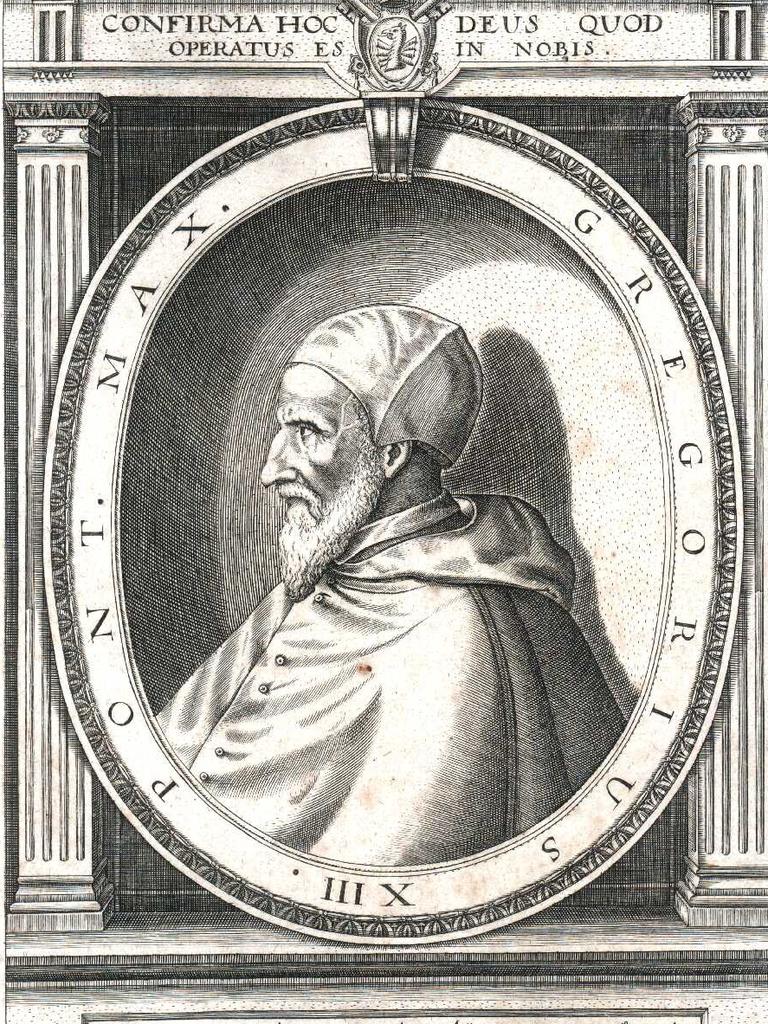What would happen without a leap year? More than you think
Could you imagine a world of opposites where the seasons swapped every few hundred years? This was the problem facing our earliest calendar-makers, but luckily maths had the answer

READING LEVEL: GREEN
Leap years are a delight for the calendar and maths lovers among us. But how did leap years begin and why?
Let’s have a look at some of the numbers, history and lore behind the (not quite) every four year practice where we add a 29th day to February.
THE MATHS BEHIND LEAP YEARS
The maths behind leap years can be mind-boggling for the average person. Creating leap years means calculating fractions of days and minutes – there’s even the occasional leap second.
The main reason we have leap years is to keep the months in sync with yearly events, including equinoxes and solstices, according to the Jet Propulsion Laboratory at the California Institute of Technology.
The thing is, Earth’s orbit around the sun isn’t exactly 365 days a year – it actually takes about six hours longer, based on calculations by NASA.

But not every four years is a leap year. Adding a leap day every four years would make the calendar longer by more than 44 minutes, according to the National Air & Space Museum.
In the past 500 years, there was no leap day in 1700, 1800 and 1900, but 2000 had one. In the next 500 years, if the practice is followed, there will be no leap day in 2100, 2200, 2300 and 2500.
The next leap years are 2028, 2032 and 2036.
WHAT WOULD HAPPEN WITHOUT A LEAP DAY?
If we didn’t add a 29th day to February almost every four years, the seasons would slowly begin to drift out of whack with the months we usually identify them with. It would affect the dates of major events and change the way seasons align with the sun and the moon, causing confusion for farmers planting crops.
“Without the leap years, after a few hundred years we will have (Northern Hemisphere) summer in November,” said University of Alabama physics instructor Younas Khan. “Christmas will be in summer. There will be no snow. There will be no feeling of Christmas.”
Here on the other side of the world, Aussies would eventually celebrate a winter Christmas.

The problem:
Our 365-day calendar is based on the Earth revolving around the sun …. but it actually takes 365.242 days to complete the circuit.
The solution:
To correct the difference we add a 29th “leap” day to February every four years.
But that ends up being too many days. So that’s why years divisible by 100 but not divisible by 400 do not have a leap day … but years divisible by both 100 and 400 do get a leap day.

WHO CREATED THE LEAP YEAR?
The leap year as we know it has evolved over hundreds of years.
Ancient civilisations used the cosmos to plan their lives. They created calendars as far back as the Bronze Age.
These calenders were based on the phases of the moon or the sun – or both. Calenders that use both the phase of the moon and the sun are known as “lunisolar.”


By the time of the Roman Empire, emperor Julius Caesar was dealing with major seasonal drift because of the calendars used at the time. In other words, the four seasons were happening at different times of the year, causing confusion and uncertainty.
There were also a lot of different calendars being used across the empire.
He introduced his Julian calendar in 46 BCE. It was purely solar and counted a year at 365.25 days, so once every four years an extra day was added.
This was the birth of the leap year.
But there were too many leap years. While adding an extra day every four years meant each year averaged out at 365 and one quarter days, or 365.25 days, it actually takes the Earth slightly less time than this to orbit the sun.

Instead of taking 365.25 days, it takes 365.242 days, said Nick Eakes, an astronomy educator at the Morehead Planetarium and Science Center at the University of North Carolina.
The slight difference meant the Julian calendar was 0.0078 days (11 minutes and 14 seconds) longer than the solar year, leading to errors in timekeeping still building up overtime, according to NASA. But the added leap years made for a more stable calendar than previous ones.
The Julian calendar was used by the Western world for hundreds of years until it was finetuned by Pope Gregory XIII in the late 16th Century.
He came up with the Gregorian calendar because Easter was coming later in the year over time, and he didn’t want religious events in the lead up to Easter to happen at the same time as pagan festivals.

He wanted Easter to remain in the spring (in the Northern Hemisphere), so he took out some extra days that had built up on the Julian calendar and changed the rules on leap days. It was Pope Gregory and his advisers who came up with the really precise maths on when there should or shouldn’t be a leap year.
Their calendar remains in use today – but it isn’t perfect or there would be no need for leap years. But reducing drift of the seasons to mere seconds was a big improvement.
“If the solar year was a perfect 365.25, then we wouldn’t have to worry about the tricky (maths) involved,” Eakes said.
SHOULD WE PITY THE LEAPLINGS?
Being born in a leap year on a leap day can be a pain – leaplings can’t celebrate their birthday on the exact day every year and official documents may mean using February 28 or March 1 as their birthday.
There are about five million people worldwide who share the leap birthday, out of about eight billion people on the planet. So if you’re born on February 29, you are not alone – that’s plenty of people for one big party.
POLL
GLOSSARY
- lore: also known as folklore, knowledge and stories passed down from generation to generation
- equinoxes: when the sun crosses the celestial equator and night and day become the same length as one another – this happens twice a year
- solstices: when the sun is at the farthest point north or south of the equator, creating the shortest day of the year in winter and the longest day of the year in summer
- circuit: going around something in a circle so that you finish at your starting point
- divisible: able to be divided
- Bronze Age: a historic period from 3300BC to 1200BC characterised by the use of bronze
- solar: relating to the sun
- lunar: relating to the moon
- seasonal drift: when the four seasons gradually happen across different months because of the way time and date are measured
- pagan: someone that holds different religious beliefs to the main religion recognised in a country
EXTRA READING
How do whales sing underwater?
How to tell if your money is fake
Why some people never feel the cold
QUICK QUIZ
1. What is the name of the calendar created by Pope Gregory XIII that we use today?
2. What is the exact number of days it takes the Earth to revolve around the sun?
3. How did Julius Caesar deal with the drifting seasons?
4. What are those born on a leap day called?
5. How many people worldwide share a leap birthday?
LISTEN TO THIS STORY
CLASSROOM ACTIVITIES
1. Create a Julian calendar
Does anyone still follow the Julian calendar? If you don’t know, use your research skills to find out who uses it and why. Then, use your discoveries to design a Julian calendar holiday calendar for 2024, including the Julian calendar dates for days that are special to these people. Put your Julian calendar birthday in the calendar!
Time: allow at least 30 minutes to complete this activity
Curriculum Links: English, History, Visual Arts
2. Extension
Create some new and special birthday traditions for leaplings. Your traditions should help leaplings (and everyone else) understand how special the day they were born really is and celebrate this.
Time: allow at least 20 minutes to complete this activity
Curriculum Links: English, Personal and Social Capability, History, Science
VCOP ACTIVITY
Read this!
A headline on an article – or a title on your text – should capture the attention of the audience, telling them to read this now. So choosing the perfect words for a headline or title is very important.
Create three new headlines for the events that took place in this article. Remember, what you write and how you write it will set the pace for the whole text, so make sure it matches.
Read out your headlines to a partner and discuss what the article will be about based on the headline you created. Discuss the tone and mood you set in just your few, short words. Does it do the article justice? Will it capture the audience’s attention the way you hoped? Would you want to read more?
Consider how a headline or title is similar to using short, sharp sentences throughout your text. They can be just as important as complex ones. Go through the last text you wrote and highlight any short, sharp sentences that capture the audience.

